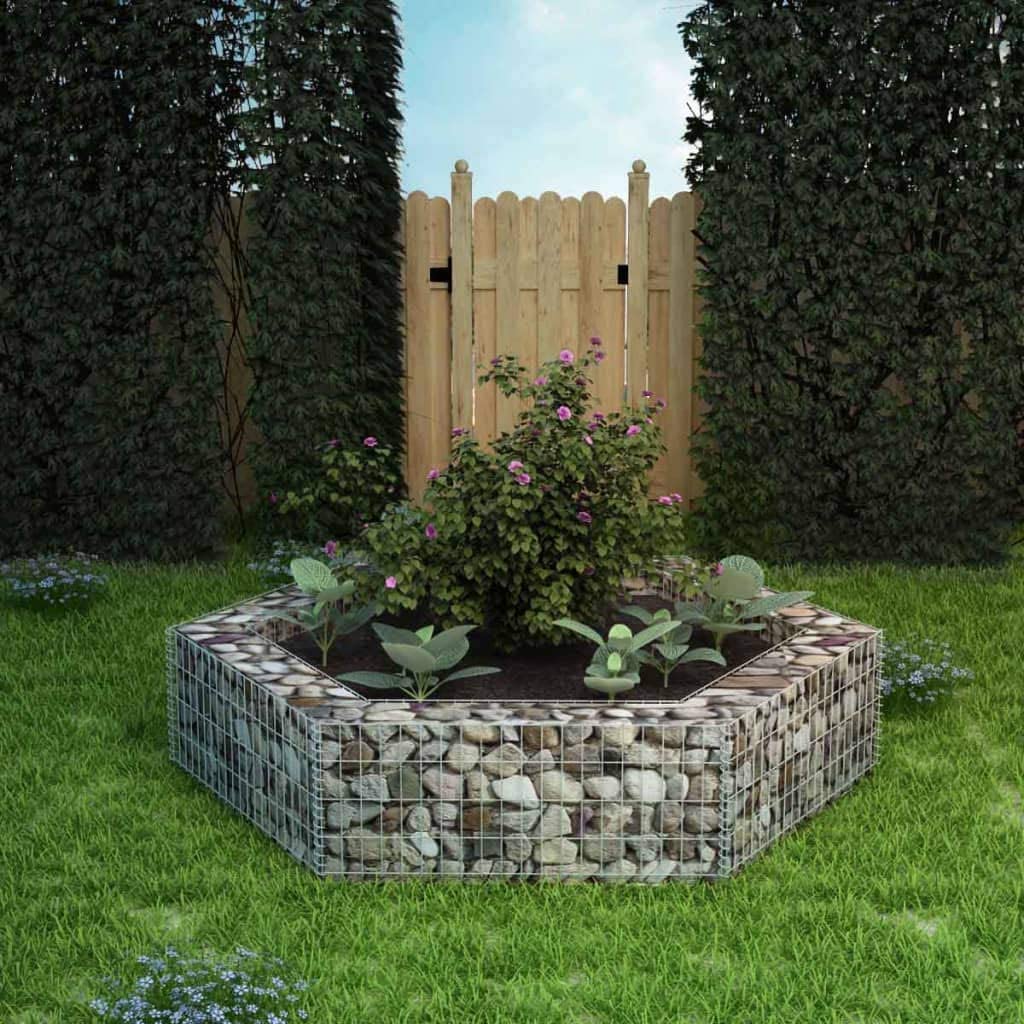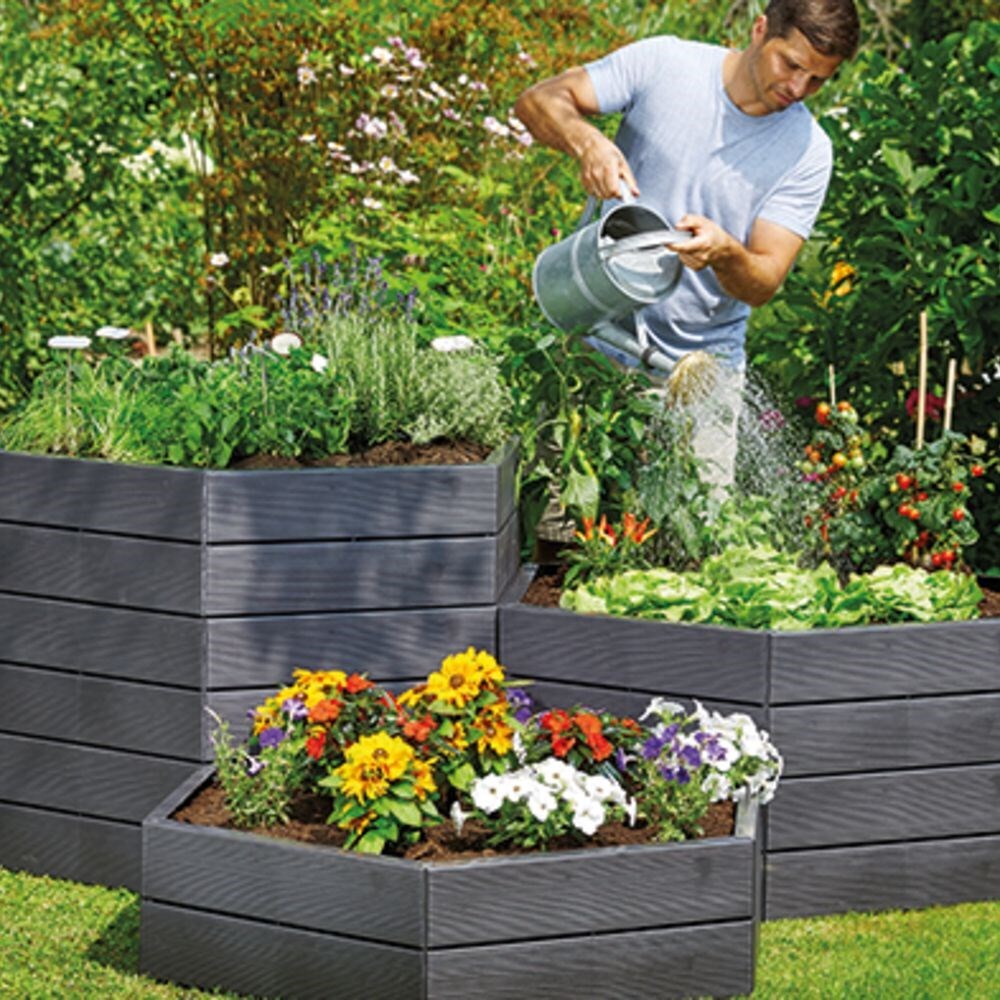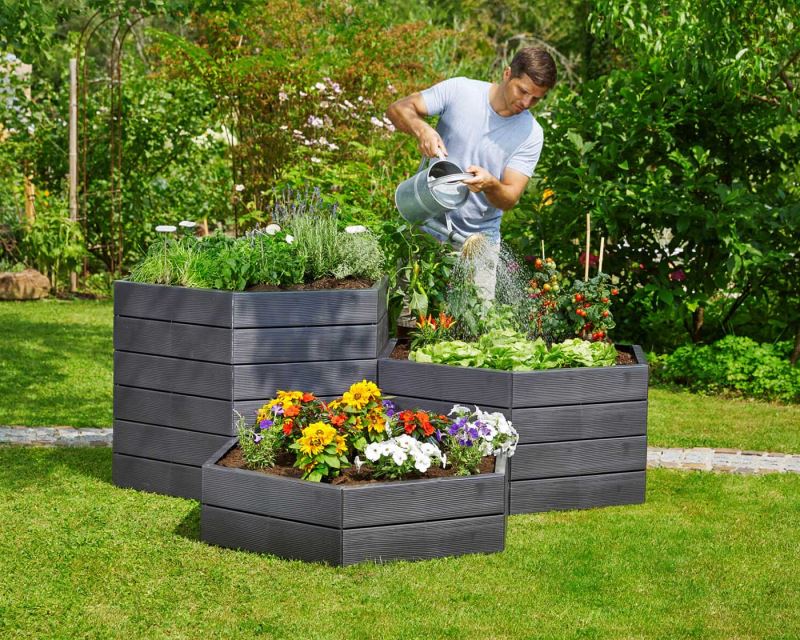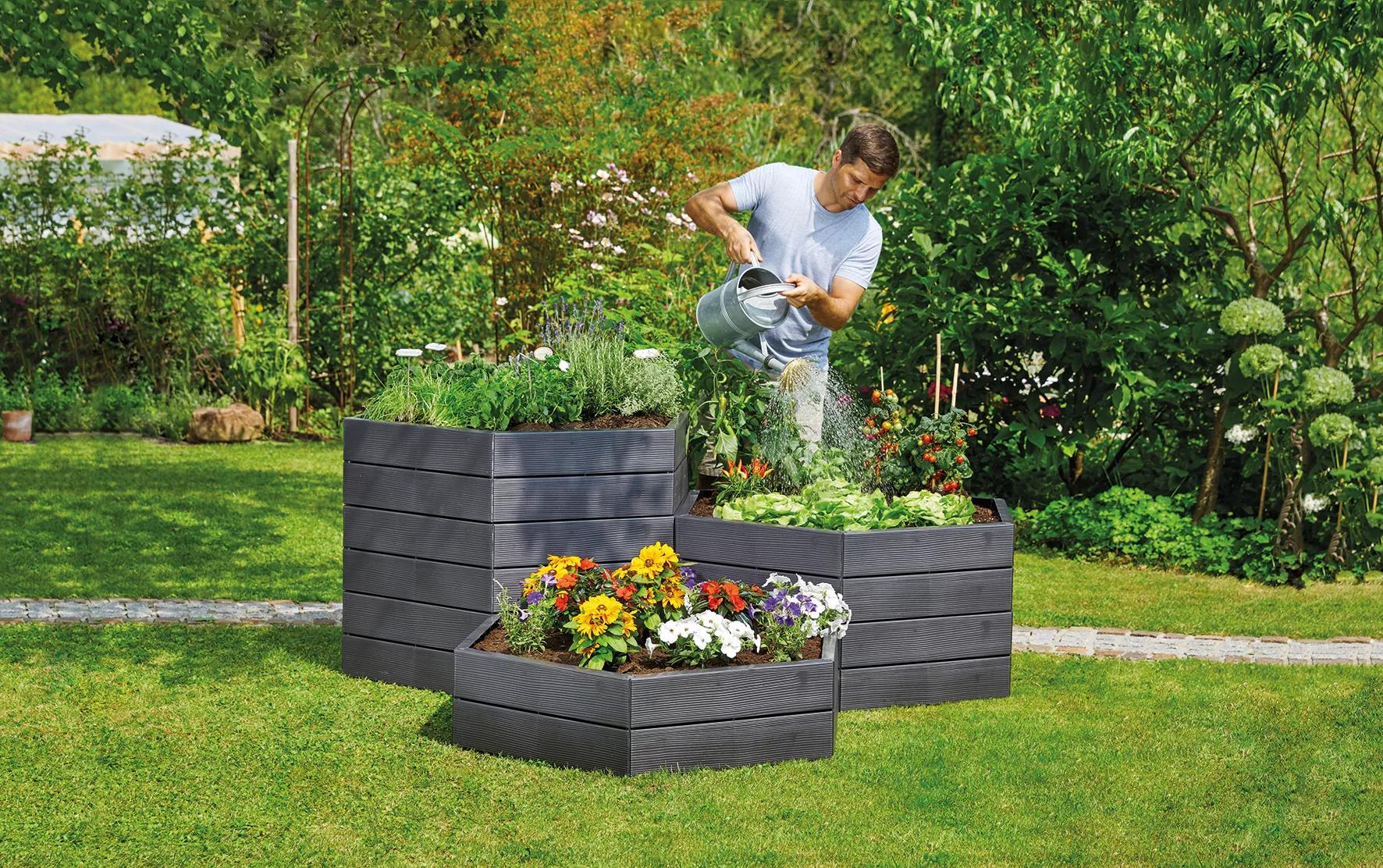How To Build A Hexagonal Raised Bed In Minutes
Here are some additional tips to help you build a successful hexagonal raised bed:
- Choose the right location. The bed should be in a sunny spot that gets at least 6 hours of sunlight per day.
- Prepare the soil. The soil in the bed should be loose and well-drained. You may need to add compost or other amendments to improve the soil quality.
- Water regularly. Raised beds dry out more quickly than traditional gardens, so it's important to water them regularly, especially during hot, dry weather.
- Fertilize regularly. Fertilize the bed every few months with a balanced fertilizer.
- Pest control. Monitor the bed for pests and diseases and take steps to control them as needed.
Are you interested in learning more about hexagonal raised beds? If so, I recommend visiting Garden Wiki. This website has a wealth of information on the topic, including:
- How to build a hexagonal raised bed
- The benefits of using a hexagonal raised bed
- Different types of hexagonal raised beds
- How to plant and care for plants in a hexagonal raised bed
I found this website to be very informative and helpful, and I think you will too. So what are you waiting for? Visit Garden Wiki today!
FAQ of hexagonal raised bed
- What are the benefits of using a hexagonal raised bed?
There are many benefits to using a hexagonal raised bed. Hexagonal beds are more efficient in terms of space, as they can fit more plants in a smaller area. They are also easier to access from all sides, which makes it easier to plant, weed, and harvest your plants. Additionally, hexagonal beds are more visually appealing than traditional square or rectangular beds.
- What are the materials that can be used to build a hexagonal raised bed?
There are many different materials that can be used to build a hexagonal raised bed. Some popular options include wood, concrete, and brick. Wood is a relatively inexpensive and easy-to-work material, while concrete and brick are more durable and long-lasting.
- How deep should a hexagonal raised bed be?
The depth of a hexagonal raised bed will depend on the type of plants you plan to grow. For most vegetables, a depth of 12-18 inches is sufficient. However, some plants, such as potatoes, require a deeper bed.
- What type of soil should I use in a hexagonal raised bed?
The best type of soil for a hexagonal raised bed is a well-draining mix that is high in organic matter. You can purchase pre-made potting soil or mix your own. If you mix your own soil, be sure to include compost, sand, and peat moss.
- How do I maintain a hexagonal raised bed?
The maintenance of a hexagonal raised bed is relatively simple. You will need to water your plants regularly, fertilize them as needed, and weed the bed periodically. You may also need to add compost to the soil every few years.
Image of hexagonal raised bed
10 different images of hexagonal raised beds that are free to use:
- A hexagonal raised bed made of wood.

- A hexagonal raised bed made of concrete.

- A hexagonal raised bed made of bricks.

- A hexagonal raised bed made of metal.

- A hexagonal raised bed made of plastic.

- A hexagonal raised bed filled with flowers.

- A hexagonal raised bed filled with vegetables.

- A hexagonal raised bed in a backyard.
- A hexagonal raised bed in a garden.

- A hexagonal raised bed in a greenhouse.


Post a Comment for "How To Build A Hexagonal Raised Bed In Minutes"